Products
-
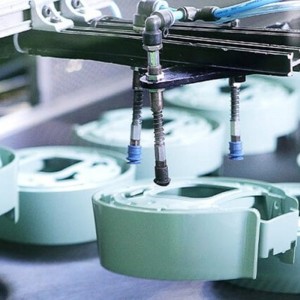
Best China Injection Molding Service
Free DFM feedback and expert consultation for injection molding solutions
Professional product design optimization to enhance manufacturability, precision, and cost efficiency
Advanced Moldflow analysis and mechanical simulation to ensure optimal mold performance and defect prevention
Expertise in material selection for injection molding ,including high-performance plastics and overmolding solutions
Rapid tooling and prototyping, delivering T1 samples in as fast as 7 days
Optimized mold design for high-quality, scalable production in automotive, medical, electronics, and consumer industries -

Best China Insert Molding manufacturer
Free DFM feedback and expert consultation for injection molding and insert molding solutions
Professional product design optimization to enhance manufacturability, precision, and cost efficiency
Advanced Moldflow analysis and mechanical simulation to ensure optimal mold performance and defect prevention
Expertise in material selection for injection molding and insert molding, including high-performance plastics and overmolding solutions
Rapid tooling and prototyping, delivering T1 samples in as fast as 7 days
Optimized mold design for high-quality, scalable production in automotive, medical, electronics, and consumer industries -
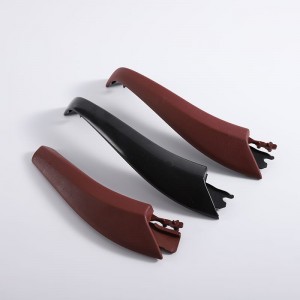
Best professional Overmolding Service
Free DFM feedback and expert consultation to enhance manufacturability
Comprehensive product design optimization for injection molding and over molding
Advanced Moldflow analysis and mechanical simulation to ensure high precision and durability
Material selection and process improvement for multi-material and insert molding
Rapid prototyping and T1 samples in as fast as 7 days
Optimized mold design for cost-effective and high-quality production -

Best In Mold Decoration supplier
Free DFM feedback and expert recommendations for injection molding
Professional product design optimization for manufacturability
T1 sample in as fast as 7 days for injection molding projects
Comprehensive reliability testing to ensure high-quality molded parts -
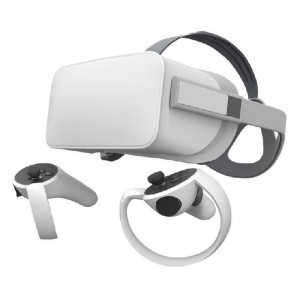
China best FCE Consumer manufacturer
Quick Development for the Consumer Industry
√ Instant pricing & DFM
√ All confidential for customer information
√ Capability for customer design optimization
-

High Quality FCE Automotive supplier
Quick Development for the Automotive Industry
√ Instant pricing & DFM
√ All confidential for customer information
√ Tight tolerances & 2D drawings accepted
-
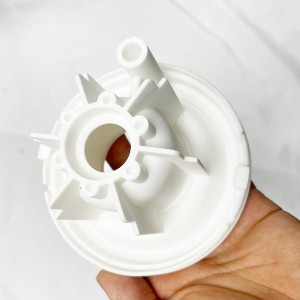
High Quality 3D Printing Service
3D printing is not only a quick rapid prototype process for design checking also as to be the small volume order better choice
Quick Quotation Back Within 1hrs
Better Option For Design Data Validation
3D Printed Plastic & Metal as fast as 12hours -

Box Build Services and Processes
FCE provide contract manufacturing for not only printed circuit board assembly but also the final assembly of your innovative products
No job is too small
Quick turnarounds
Competitive pricing
Highest quality product -
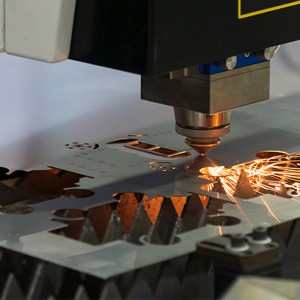
Custom Sheet Metal Fabrication Service
Sheet metal product design, engineering, manufacturing. Laser cutting, bending and forming for quick turnaround and low volume, stamping die for high volume.
Quote and feasibility review in hours
Lead time as few as 1 day -
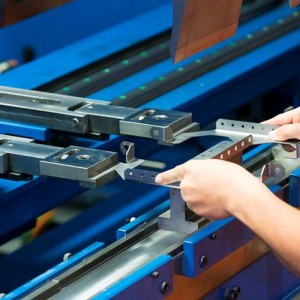
Custom Sheet Metal Forming
FCE provide formed sheet metal products design, development and manufacture service. FCE engineering assist you on material selection, design optimization to make the production more cost effective.
Quote and feasibility review in hours
Lead time as few as 1 day -
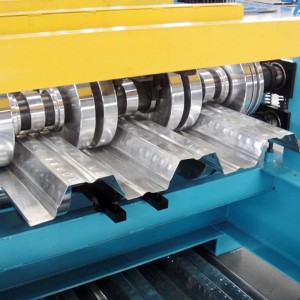
Custom Sheet Metal Stamping
FCE Engineering helps you select materials, optimize design, and make production more cost effective. FCE provides design, development and manufacturing services for sheet metal forming products.
Quotation and feasibility assessment can be made on an hourly basis
Delivery time can be reduced to 1 day
-
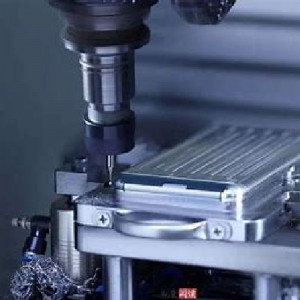
High Quality CNC Machining Service
Free DFM Feedback and Instant Quotes
A Wide Variety of Materials for Machining
Prototypes be ready in One Day
1000+ Pieces be ready in Days
All-in-one order management
